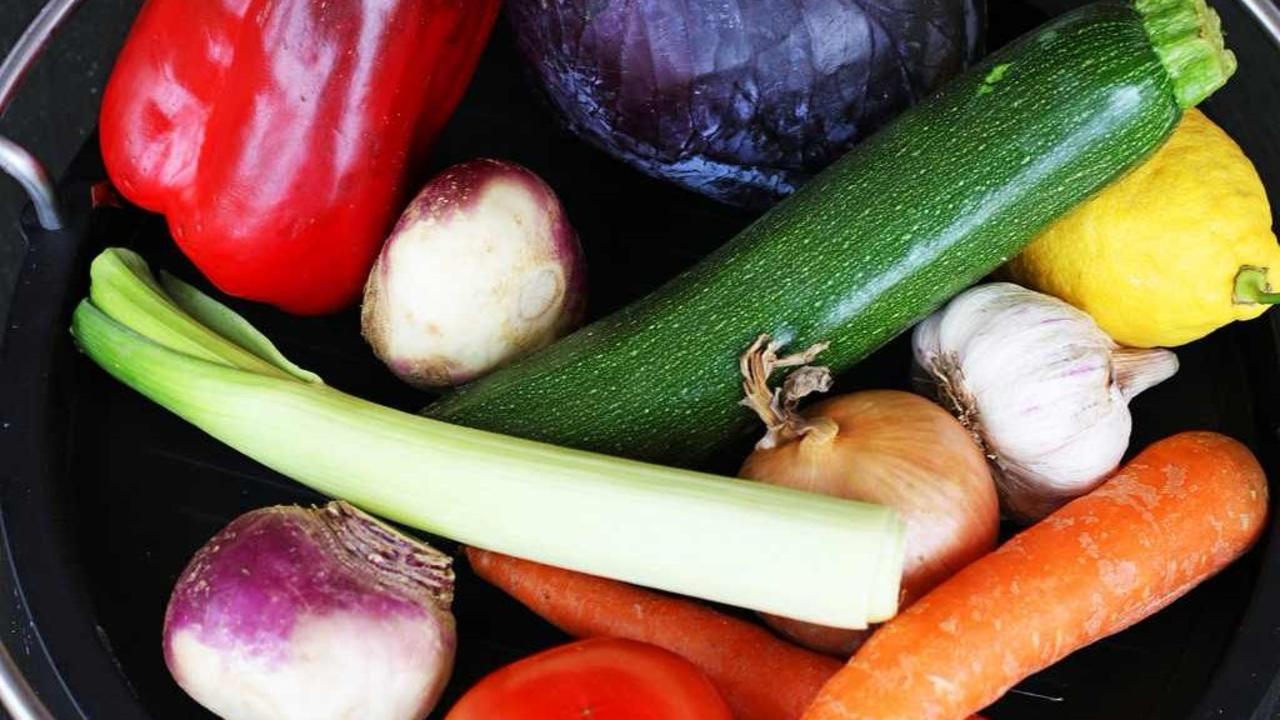How to Start a Vegetable Garden

Spring is in the air – It’s time! Your neighbors have been pumping out greens and their veggies are already starting to look promising. Starting a veggie garden is straightforward and simple. Get a friend, get creative, and get growing! In this installment of Get Your Garden On, we share tips on locating your veggie garden, choosing planting areas, soil amending, and more. Let's get dirty!
Determine your exposure.

Most vegetables need at least eight hours of full sun every day. Flowers and other ornamental type plants have different sunlight needs, depending on the variety. Check out what sort of light your yard gets throughout the day. Go out in the morning, noon-time and late afternoon to get an idea of how the sunlight moves across your yard and note the sunny and shady areas. Don’t be discouraged if you don’t have 8 hours of full fun, you can get creative with how to reflect extra light towards your growing area. Check out this handy veggie growing chart to get an idea of what will grow well without 8 full hours of sun!
Designate planting areas.

Before getting your hands dirty, you need a plan. A 4x4 area in full sun is a perfect space for planting vegetables. Flowers can be planted in a narrower beds and depending on the variety, in sun or part shade. Apartment patio? No problem! A couple of prefabricated garden boxes are great for herbs and lettuces. Large terracotta pots will be great for patio tomatoes, peppers and eggplants.
Consider fencing.

Do you have wildlife frequenting your yard? Bunnies, raccoons, gophers, birds and ground squirrels can decimate a garden overnight. It is better to be prepared and build fencing around your garden plot before you start, rather than trying to ‘battle’ garden pest problems as they arise. A good thing about patio gardening is, pests like these are rarely a problem.
Decide between tilling and creating a raised bed.
If you don’t want to till and nourish the soil you’ve got—or if you have a bad back and would rather not be bending down so low to garden—you can build a raised planting bed with non-pressure-treated wood like redwood or cedar. Better yet, let Ecology Artisans help you!
Get to know your soil.

Most soil can be enriched with compost and be fine for planting. How do you determine how much organic material and mulch you’ll need? This article tells you how much compost for amending garden soil. If you are filling raised beds or containers choose a lightweight potting soil and amend it with some composted chicken manure, grow-power soil conditioner and worm castings. If you want something premixed, Fox Farm ‘Happy Frog’ potting soil and soil conditioner are some of the best products you can buy, despite their high price tag.
Make a seasonal plan.

Once you determine what will grow, what you like, and what time of year certain plants will flourish, you need to create a schedule. If your flowering plants all bloom in July and then die off, have some evergreen plants to keep the area looking lush. If your tomato plants take months to get big, plant smaller vegetables nearby that can make quick use of the space. Don’t know where to start? Check out this excellent planting guide from the UC Master Gardeners San Diego division on how to get started.
Buy some basic tools.
Have these essentials on hand before you begin: hose, spade; garden fork; hoe; hand weeder; and a bucket for moving around mulch or soil.
What’s in Season? And what do I do with it?

Broccoli and Cauliflower! If your garden is like ours, they all seem to be ready at the same time. What to do with heaps and heaps of brassicas? Check out this Broccoli-Cauliflower Casserole by The Pioneer Woman. Her recipes are delicious and never disappoint!
How do you get your garden on?
Let us know how you're doing on your garden by sharing your garden pics with us on Facebook!
Veggies photo credit Hans Pohl
FREE REPORT - 8 Ways To Save Water In Your Landscape
Learn the techniques we use on a daily basis to maximize your water budget.
